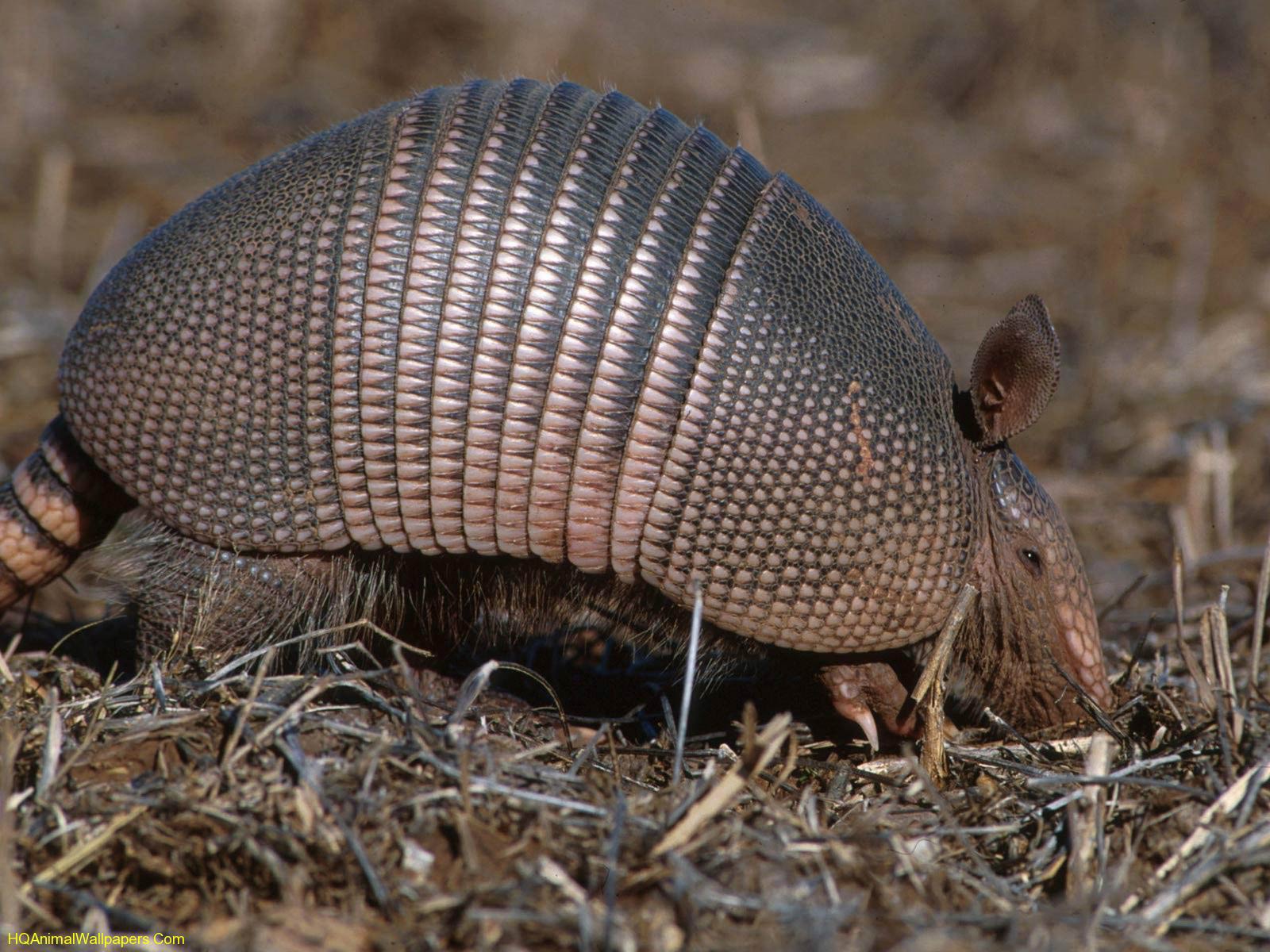It’s the state mammal of Texas, and the reason some of us can be found in quite a state after one has had its way with our lawns and gardens. But manicured yards and green beans be damned, the armadillo is an undeniable part of the Lone Star state’s identity and, without it, there would be quite a few Texas businesses at a loss for a name.
While it’s hard to imagine a time sans Dasypodidae, our favorite “little armored one” – English translation of the Spanish word armadillo – only arrived in Texas a little more than a century ago, digging its way up from South America and through Mexico. In the 1870s the armadillo was rooted in the Lower Rio Grande Valley but, as Texas Parks and Wildlife notes, “twenty years later it could be found as far north as Austin. It continued to extend its range northward and eastward, finding living conditions in Louisiana to its liking. By the 1930s it had moved into Oklahoma and increased its population in Texas.” The critter’s penchant for warmer climes, dictated by a low metabolic rate and lack of fat stores, keeps it from moving much farther north.
There are 21 species of armadillo, ranging in size from the 5-inch pink fairy armadillo to the 5-foot giant armadillo, but it’s not so much their size as the number of overlapping “plates” or “armored bands” that distinguish many armadillo species. Texas is home to the nine-banded armadillo, the only species of armadillo in North America (so we can all stop looking for that pink fairy). Despite how our resident armadillo looks, and what we may have believed growing up, it’s really only the three-banded armadillo that can do the roly-poly and roll itself into a ball for protection (again, no need to start looking). To escape trouble, other armadillos may rely on quickly digging holes and hunkering down or zipping through thorny underbrush thanks to its smooth, hard shell.
Because it is such an excellent digger – as you may well know – the armadillo sets up house in a burrow. Avowed singletons, the armadillo lives alone unless it’s breeding season which takes place from September to December. In March or April, quadruplets are born and always of the same sex. The embryo starts out single but then bisects and then subdivides to create four clone-like embryos. The four baby armadillos are born with their eyes open, ready to get around within a few hours, and then weaned in about two months. They will remain with their mother until the next breeding season, and then they are on their own.
Although it may cause the occasional landscape aggravation, it’s hard to not feel saddened when you see one of these Texas icons perished on the side of the road. And, no matter how mad you get, it’s probably in your best interest to not tangle with one. Not only can the nine-banded armadillo transmit leprosy, it can also take you in a gunfight. Last summer an East Texas man shot at an armadillo in his yard, the bullet ricocheted off the animal’s armor, and then hit the man in the face. He was airlifted to a hospital where his jaw had to be wired shut. The armadillo reportedly got away.









